Special Media Release: Rare 3,000-Year-Old Seal Discovered within Earth Discarded from Temple Mount
Rare 3,000-Year-Old Seal Discovered within Earth Discarded from Temple Mount
Seal, dating to period of the Biblical kings David & Solomon discovered at Temple Mount Sifting Project
JERUSALEM, September 21, 2015 — A rare 3,000 year-old seal dating to the period of the Biblical kings David and Solomon of the 10th century BCE was recently discovered at the Temple Mount Sifting Project in Jerusalem.
The seal is the first of its kind to be found in the Temple Mount. The dating of the seal corresponds to the historical period of the Jebusites and the conquest of Jerusalem by King David, as well as the construction of the Temple and the royal official compound by his son, King Solomon. What makes this discovery particularly significant is that it originated from upon the Temple Mount itself.
The seal was discovered by Matvei Tcepliaev, a ten year old boy, visiting the Temple Mount Sifting Project from Russia, and was only recently deciphered by archaeologists. Since the project’s inception in 2004, more than 170,000 volunteers from Israel and around the world have taken part in the sifting, representing an unprecedented phenomenon in the realm of archaeological research.
The historical credibility of the Biblical text regarding Jerusalem during the 10th century BCE has been hotly debated by archaeologists since the 1990’s. Minimalists theories, based on the absence of significant finds from Jerusalem dating to this period, claimed that the expansion of the city towards the Temple Mount and the construction of the Temple occurred only centuries later. Yet recent finds from other excavations, including the Ophel (south of the Temple Mount,) the City of David, as well as those from the Temple Mount Sifting Project, weaken the minimalists theories and indicate that the descriptions found within the Biblical text relating to expansion of Jerusalem may, in fact, be authentic.
The discovery of the seal testifies to the administrative activity which took place upon the Temple Mount during those times. All the parallel seals with similar stylistic designs have been found at sites in Israel, among them Tel Beit Shemesh, Tel Gezer, and Tel Rehov, and were dated to the 11th – 10th centuries BCE. Upon the base of the seal appear the images of two animals, one on top of the other, perhaps representing a predator and its prey. Additionally, the seal is perforated, thus enabling one to hang it from a string.
Aside from the seal, which was likely used to seal documents, hundreds of pottery sherds dating to the 10th century BCE have been discovered within the soil removed from the Temple Mount. Additionally, a rare arrowhead made of bronze and ascribed to the same period by its features, has been discovered.
The Temple Mount Sifting Project, under the auspices of Bar-Ilan University and with the support of the City of David Foundation, was initiated in response to the illegal removal of tons of earth from the Temple Mount by the Islamic Waqf in 1999 with no archaeological supervision.
Since the Temple Mount has never been excavated, the ancient artifacts retrieved in the Sifting Project provide valuable and previously inaccessible information. The many categories of finds are among the largest and most varied ever found in Jerusalem. Even though they have been extracted from their archaeological context, most of these artifacts can be identified and dated by comparing them with those found at other sites.
In recent years, using newly developed statistical methodologies and technologies we have managed to overcome the challenge of having finds with no exact context since they were not recovered in a proper archaeological excavation. The Temple Mount Sifting Project has focused its efforts on the enormous tasks of processing and studying the finds and preparing them for scientific publication. Presently, more than half a million finds are still waiting to be processed and analyzed in our laboratory.
To further the research and publication of these finds, the Temple Mount Sifting Project has recently launched a crowdfunding campaign available in 17 languages (half-shekel.org) enabling the public all over the world to take an active role in bringing the story of the Temple Mount, told through its unearthed antiquities, to light.
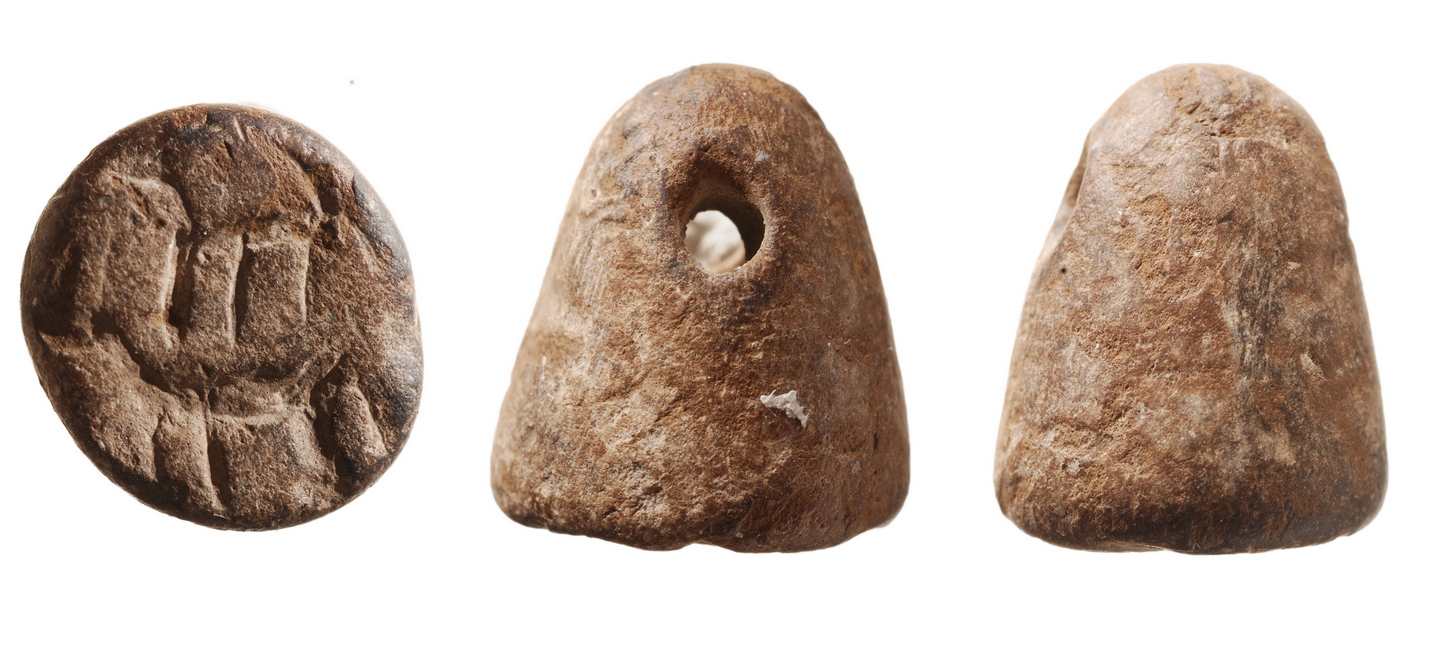
A rare cone-shaped stone seal dating to the 10th century BCE – the time of the Biblical kings, David & Solomon. This is the first seal of its kind found in Jerusalem.
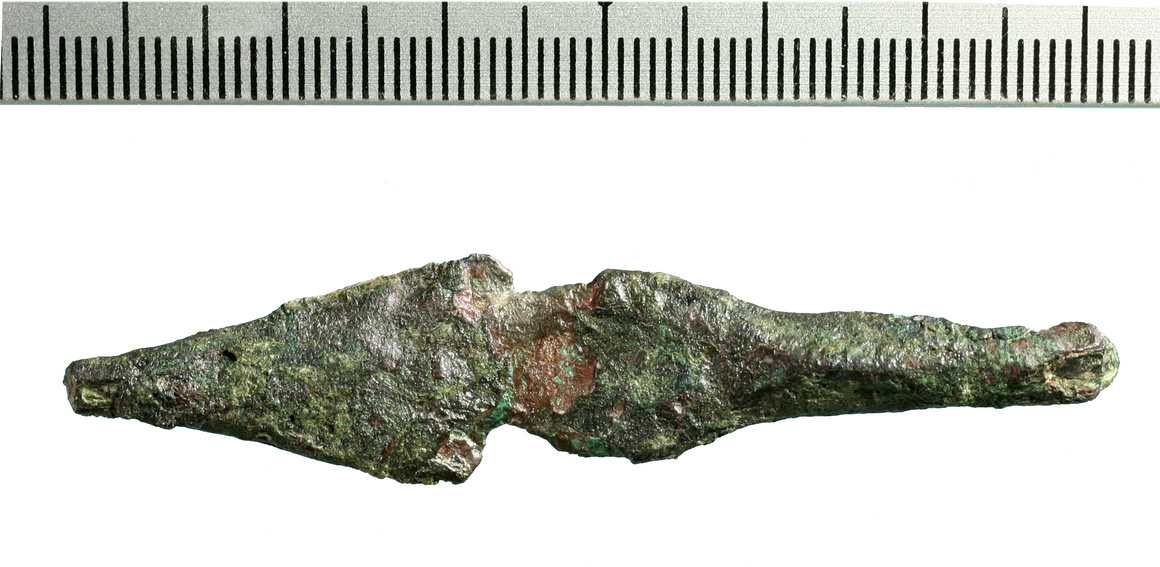
Bronze arrowhead dated to the 10th century BCE, the time of King Solomon. Arrowheads from this period are rarely found in Israel.
Discover more from The Temple Mount Sifting Project
Subscribe to get the latest posts sent to your email.


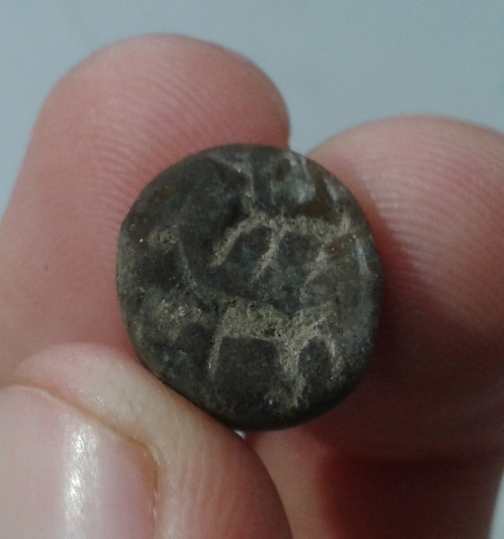
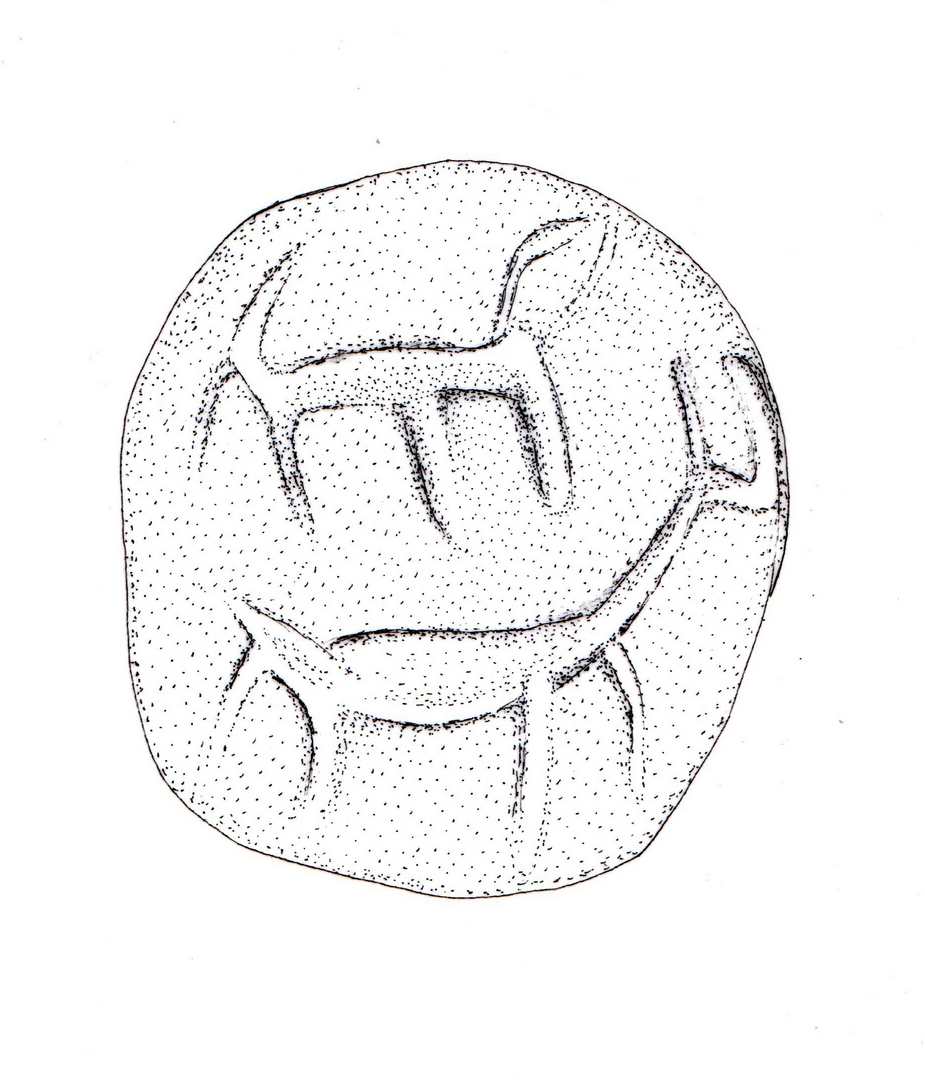
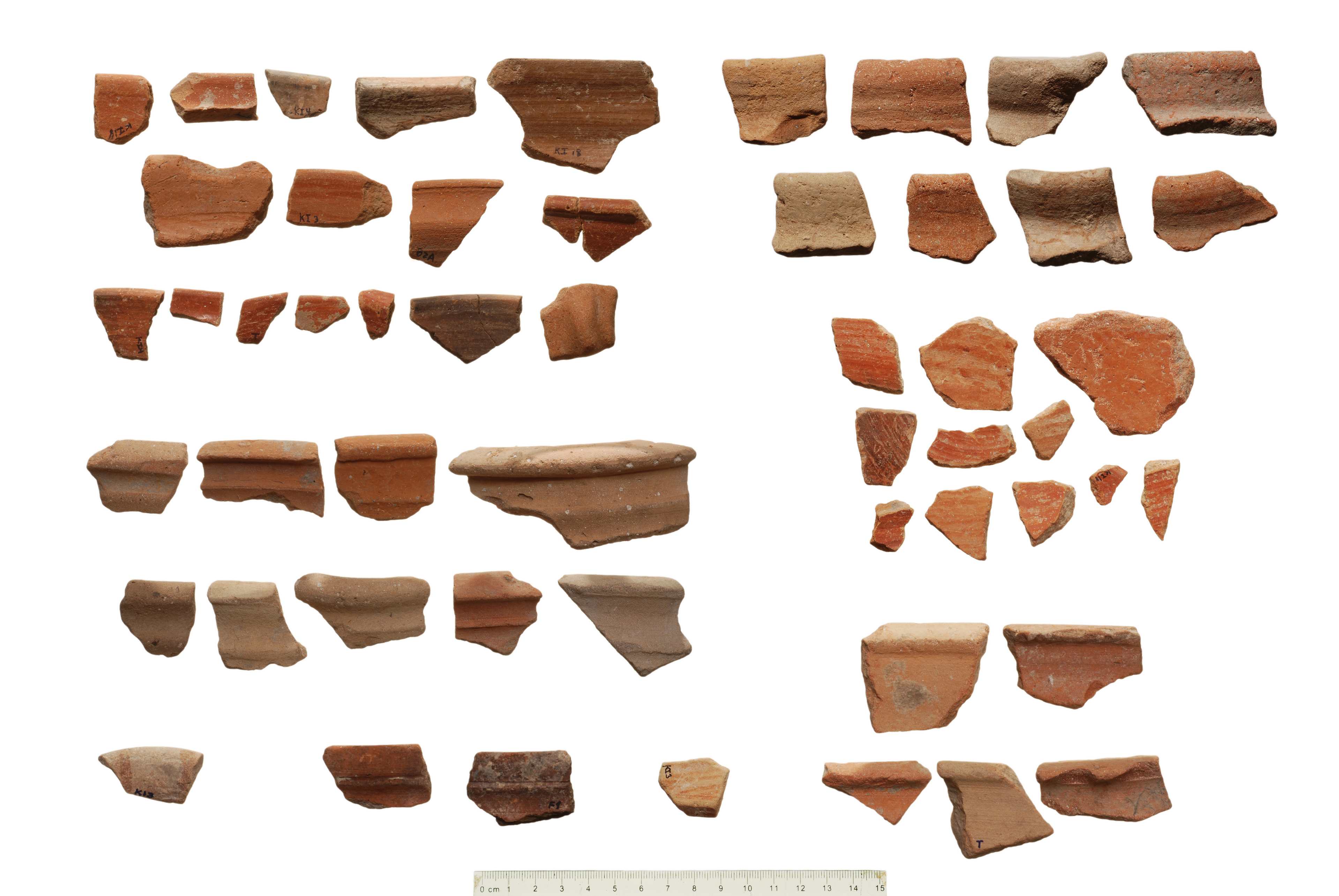


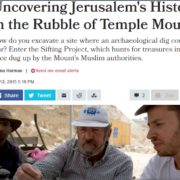








A very important find to be sure, but can someone tell me what dates it to the 10th century specifically? Finds in the sifting project lack any stratigraphic context, so I am curious about the way in which this seal was dated.
Dear Casey, the dating of the finds is done by matching them to parallel well dated finds from other excavations. The style of these finds (the seal, arrowhead and pottery) are very indicative to the 10th century BCE.
Can you please explain how the seal, the arrowhead, and the pottery are all “clearly” 10th century in an unstratified sifting project? I am wondering why the TMSP decided to release a sensationalized version of the find to the media before releasing their data to the field. No one can question the TMSP’s interpretation because you have not released any data, which you are trying to tie to David and Solomon. It is horribly unprofessional to release that to popular media without providing your data, and we should expect better from scholars in our field.
Dear Casey,
The media is not the place to give a detailed report. This is something that is done in archaeological articles. Archaeologists that specialize in Iron Age glyptic finds approved our identification and dating, Gabriel Barkay himself has a lot of experience with such finds. Anyone with basic archaeological skills could find Iron Age IIA parallels to the finds in the photos we published. We wouldn’t have published this in the media if the dating is controversial or not firmed enough. The interpretation is not the dating of the finds but rather what can can we learn from them. In the 90’s some minimalist scholars tried to prove that Jerusalem was not a Kingdom capital but rather a small village around the Gihon spring, since their hardly any evidence of finds from the Iron Age IIA in Jerusalem and if they are some they are all limited to the City of David hill. They claimed that the Temple Mount and the Temple was added to the city only centuries later. Our finds and finds from other recent excavations remove the ground under these theories. In other words our finds do not prove the existence of the Kingdom of Solomon, but rather disprove the theories that doubted the biblical historiography regarding Jerusalem in this period based on the absence of archaeological finds.
From your questions I’m not sure what are your archaeological skills, because archaeologist do not only date finds according to stratigraphy. As I mentioned in my previous comment, dating is not only done by stratigarphy. In a normal Bronze or Iron Age excavation most of the finds come from an unclear context or stratigraphy, usually from fills, and this doesn’t keep the archaeologists from publishing those finds as well. The whole methodology of archaeological surveys is based on collecting finds from the surface and dating them inspite the fact that they have no stratigraphy.
Unfortunately, Archaeologist usually publish some of their finds in the media before it is published in an academic report. This is done when rumors start to spread out and in order to control them.
We wrote about this issue here in this blog before. You are welcome to read this posts:
//tmsifting.org/en/2008/06/24/analyzing-prevalent-finds-from-the-temple-mount-using-control-groups/
//tmsifting.org/en/2013/02/07/reconstructing-the-context-of-our-frequent-finds/
//tmsifting.org/en/2014/07/13/update-on-recent-developments-at-the-sifting-project/
I would like to publish a short note about this find in the print edition of my German bible magazine “Faszination Bibel”. Could you give me permission to use one of the photos above – or what are the terms of use?
yes, sure.